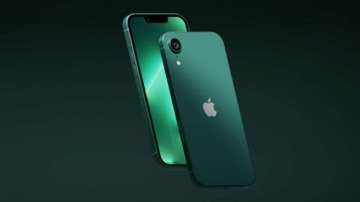During the global iPhone 15 sales, reports have surfaced that the iPhone SE 4 ("Ghost") will undergo a significant design overhaul, inspired by the base model of the iPhone 14. Notably, the device will incorporate a modified version of the iPhone 14's chassis and will adhere to its testing parameters during internal assessments.
According to reports from MacRumors, two major alterations are anticipated for the chassis of the iPhone SE 4. First, the introduction of an Action button, recently introduced on the iPhone 15 Pro, which replaces the mute switch found in newer iPhone models. This button can be customised to execute various functions based on user preferences. Additionally, the device will feature a USB-C port to comply with forthcoming European Union regulations.
ALSO READ | Amazon's Great Indian Festival Sale to coincide with Flipkart's Big Billion Day
Regarding the rear of the device, the iPhone SE 4 is expected to sport a single camera, aligned in a configuration akin to the third-generation iPhone SE. Although the precise design of the camera bump remains unclear, Apple has explored multiple designs, categorised into two main types: one with the camera and flash enclosed in an oblong-shaped bump, and another with only the camera ring slightly elevated from the backplate surface.
Reportedly, the device is also slated to receive a new OLED panel, derived from the iPhone 14. Notably, it will forego the Touch ID home button in favor of Face ID for biometric identification. References to "Pearl," Apple's internal term for Face ID and its related hardware, have been discovered about the fourth-generation iPhone SE.
ALSO READ | Nashik Mobile Blast: Avoid overnight charging to prevent mobile explosions
Additionally, Apple is in the process of developing an in-house 5G modem, codenamed "Sinope," and is using the iPhone SE 4 as a testing ground for this new hardware. Initially slated for debut with the iPhone 16 lineup, there are now indications that this modem may be introduced earlier.
While earlier speculation suggested that the iPhone SE 4 was exclusively intended for modem testing and not for mass production, this theory appears less likely due to the extensive effort invested in the device's design, including multiple iterations of the camera bump and other component changes.
